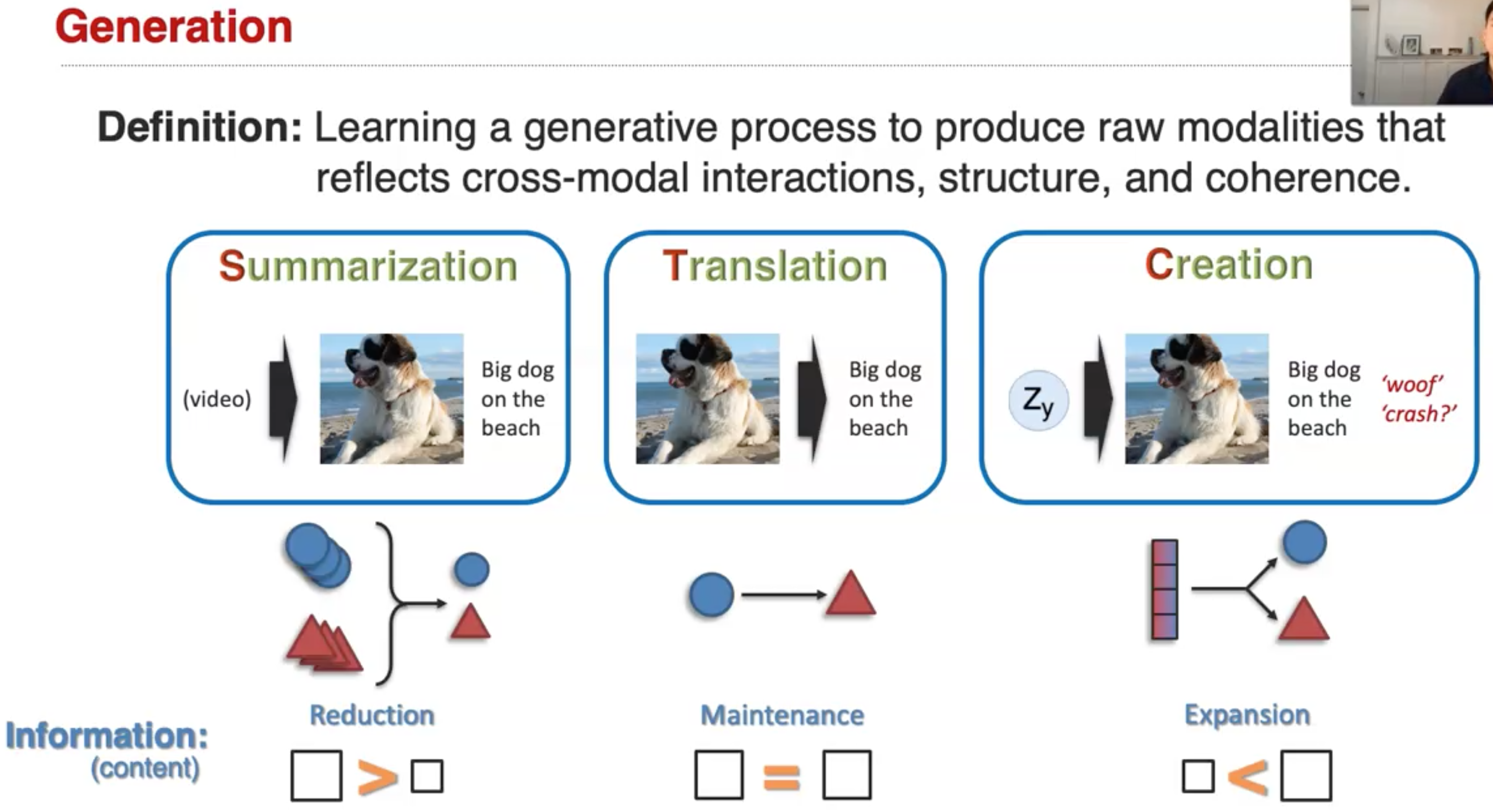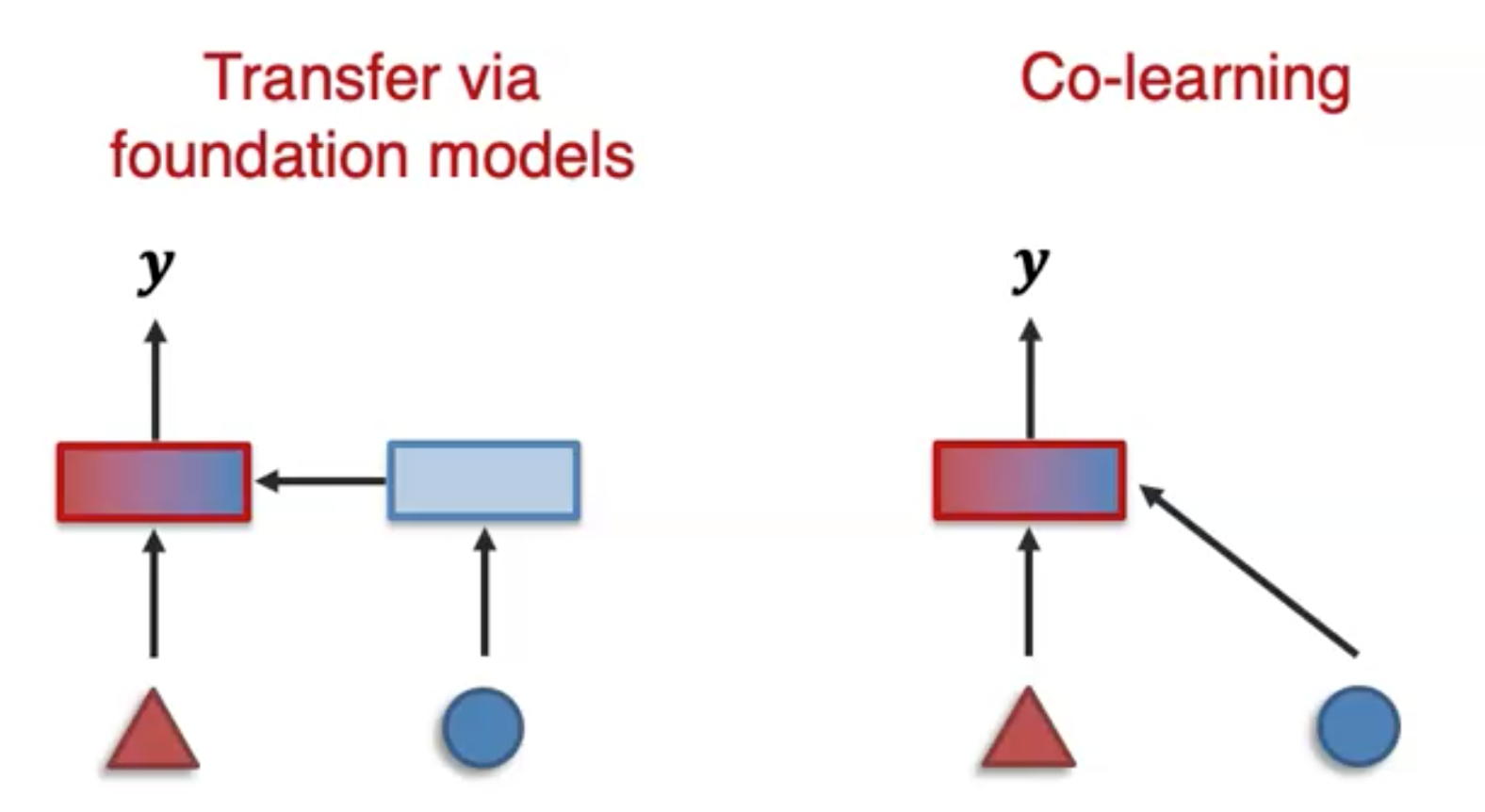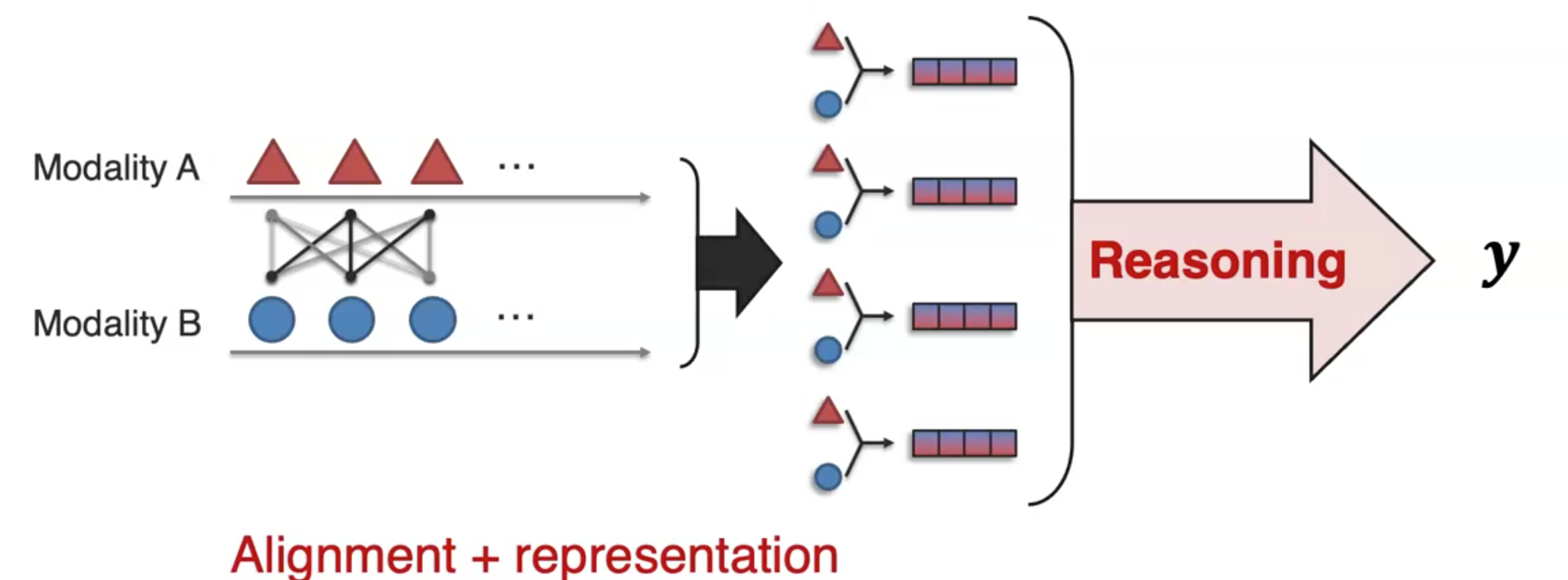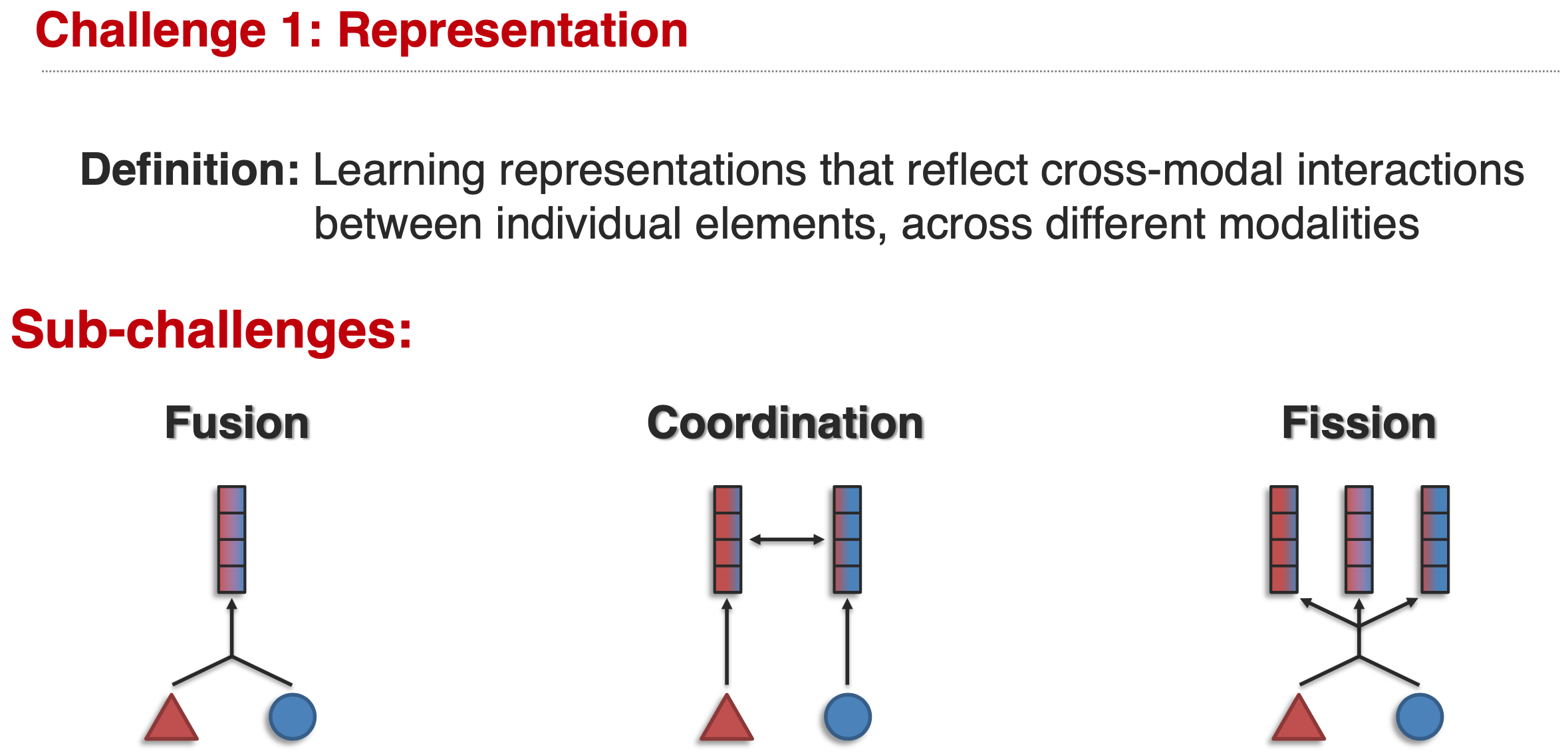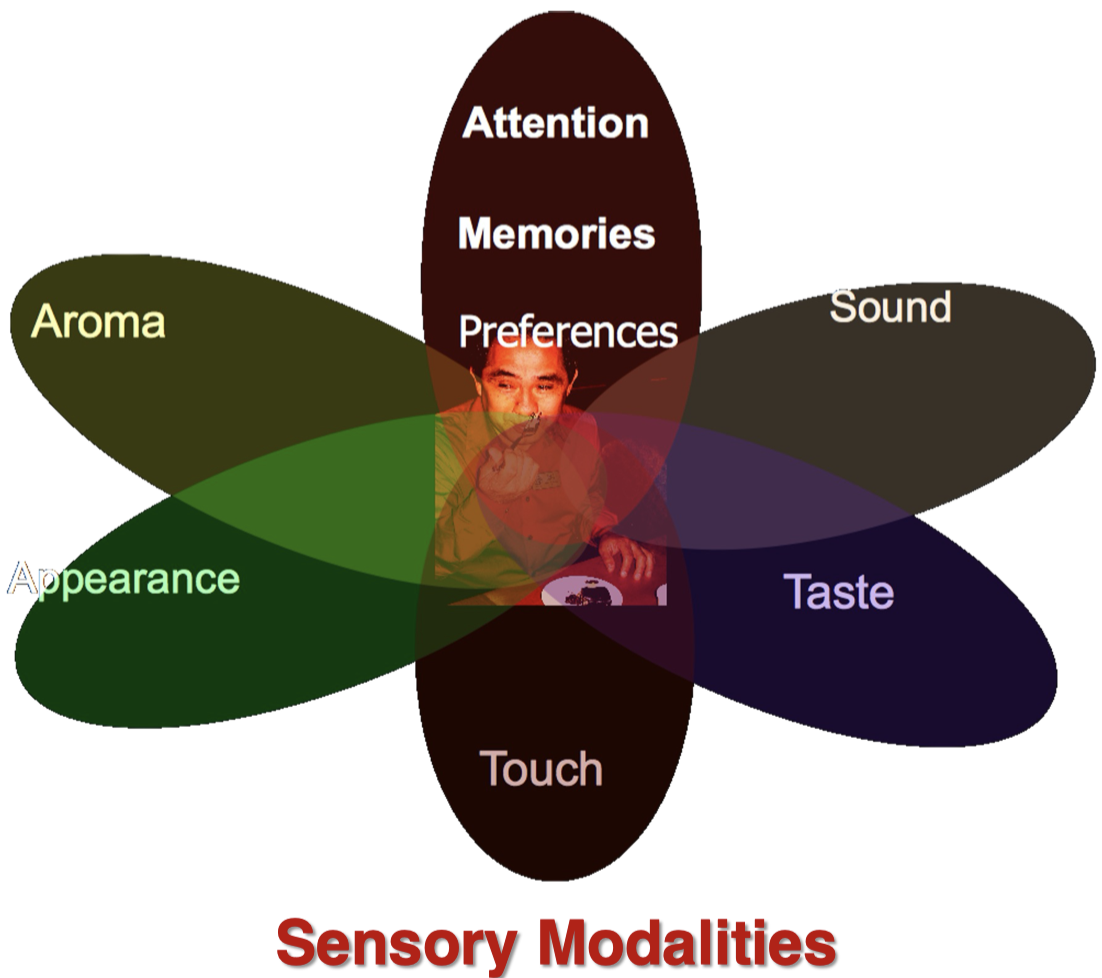MMKG-survey-fudan
Multi-Modal Knowledge Graph Construction and Application: A Survey
复旦大学计算机系在2022年出的关于MMKG的综述,主要针对图片和语言组成的MMKG,从construction和application两个方面进行描述。
Recent years have witnessed the resurgence of knowledge engineering which is featured by the fast growth of knowledge graphs. However, most of existing knowledge graphs are represented with pure symbols, which hurts the machine’s capability to understand the real world. The multi-modalization of knowledge graphs is an inevitable key step towards the realization of human-level machine intelligence. The results of this endeavor are Multi-modal Knowledge Graphs (MMKGs). In this survey on MMKGs constructed by texts and images, we first give definitions of MMKGs, followed with the preliminaries on multi-modal tasks and techniques. We then systematically review the challenges, progresses and opportunities on the construction and application of MMKGs respectively, with detailed analyses of the strength and weakness of different solutions. We finalize this survey with open research problems relevant to MMKGs.

